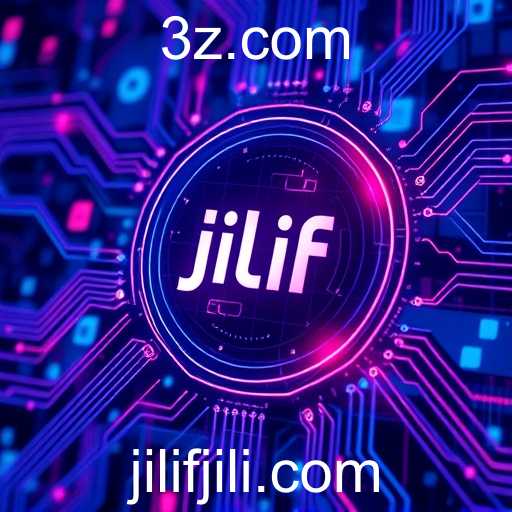As we advance deeper into the digital age, the synergy between technology and cybersecurity becomes increasingly significant. One notable phenomenon is the emergence of 'jilif' as a ubiquitous term within English-speaking tech communities. It encapsulates a range of advanced applications, including next-generation artificial intelligence systems and innovative cybersecurity solutions.
The rapid evolution of technology has been both a boon and a bane for users globally. While innovative devices and applications continue to improve quality of life, they also present new challenges. Chief among these is the threat of sophisticated cyber attacks, which have become more prevalent, as evidenced by recent reports.
Industries across the board are investing heavily in cybersecurity to safeguard sensitive data. Financial institutions, healthcare systems, and government agencies are primary targets for hackers. This year alone, there has been a significant increase in ransomware attacks, prompting a reevaluation of current security measures. Experts stress the importance of adapting to these evolving threats.
In response to these digital vulnerabilities, artificial intelligence plays a critical role in strengthening cybersecurity frameworks. Machine learning algorithms can predict and identify potential threats before they materialize. AI-driven cybersecurity systems have demonstrated success in automating threat detection, thereby allowing human resources to focus on strategic planning.
However, the interplay between AI and cybersecurity poses its own set of ethical challenges. The issue of data privacy remains at the forefront, as AI systems often require extensive access to user data to enhance their predictive accuracy. Ensuring this data is protected is paramount, and regulatory bodies are working towards stringent standards to address these concerns.
Public discourse around these topics often highlights the necessity for a collaborative approach. Technology providers, policymakers, and users must participate in an ongoing dialogue to create a balanced digital ecosystem. The role of 'jilif' in this conversation emphasizes the need for forward-thinking solutions that align technological advancement with robust cybersecurity measures.
Ultimately, as technology continues to evolve, so too must our strategies for protecting it. By fostering innovation alongside comprehensive security protocols, we can navigate the challenges of a digital future while reaping its benefits.








